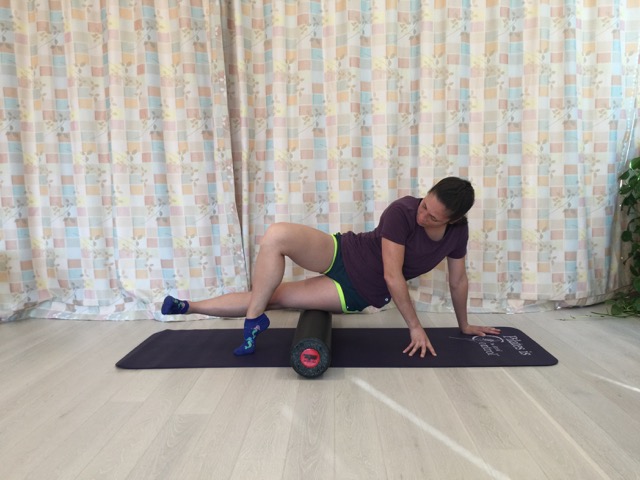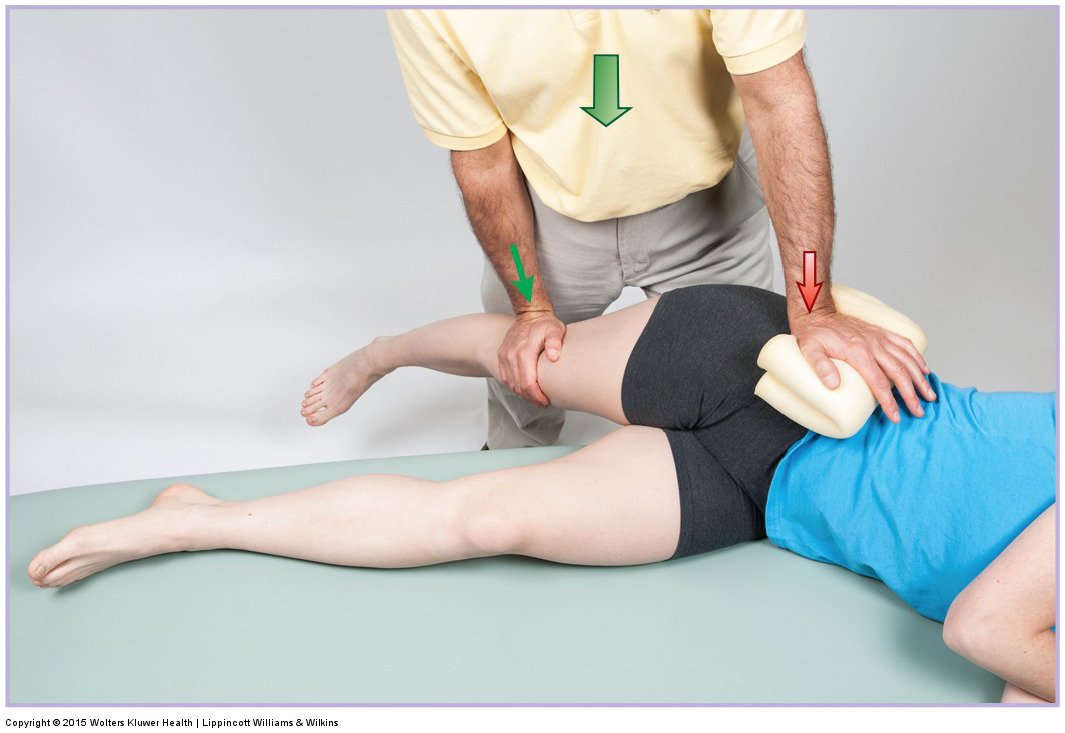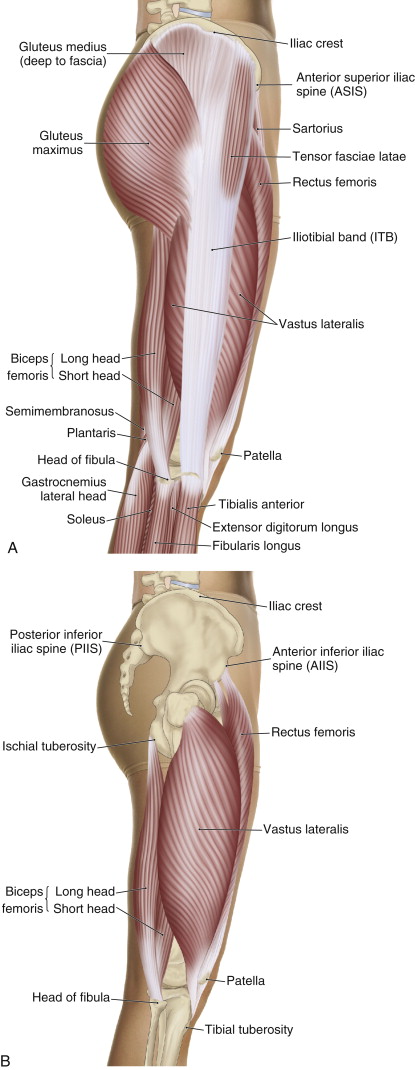Self-care for the client/patient: As with any inflammatory condition, self-care for iliotibial band friction syndrome (ITBFS) begins with RICE: rest, ice, compression, and elevation. Most important of these are ice and rest. It is extremely important that the client/patient stop …
How do we treat iliotibial band friction syndrome with manual therapy?
Manual therapy treatment: Manual therapy treatment for ITBFS is geared primarily toward reducing the inflammation of the condition and correcting its underlying cause. For the condition itself, ice is indicated to reduce the swelling. Gentle effleurage strokes from distal to …
What are the signs and symptoms of and how do we assess (diagnose) iliotibial band friction syndrome?
Signs and symptoms: The most common symptom of iliotibial band friction syndrome (ITBFS) is pain in the distal lateral thigh over the lateral epicondyle of the femur. Swelling is also often present. The pain and swelling are usually exacerbated with …
What is iliotibial band friction syndrome and what are its causes?
Introduction to Iliotibial band friction syndrome: Iliotibial band friction syndrome (ITBFS) is a condition in which the iliotibial band rubs against the lateral epicondyle of the femur. The fascia lata is a fibrous fascial sheathe that surrounds the musculature of …




